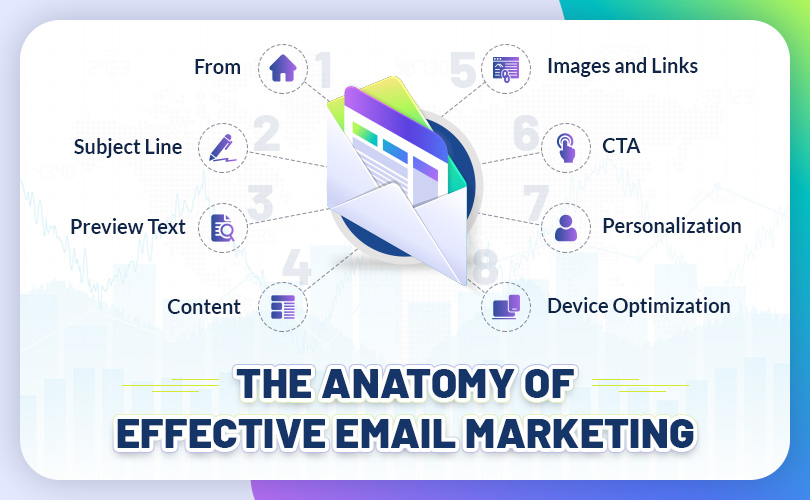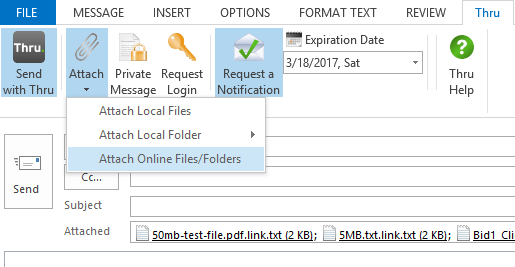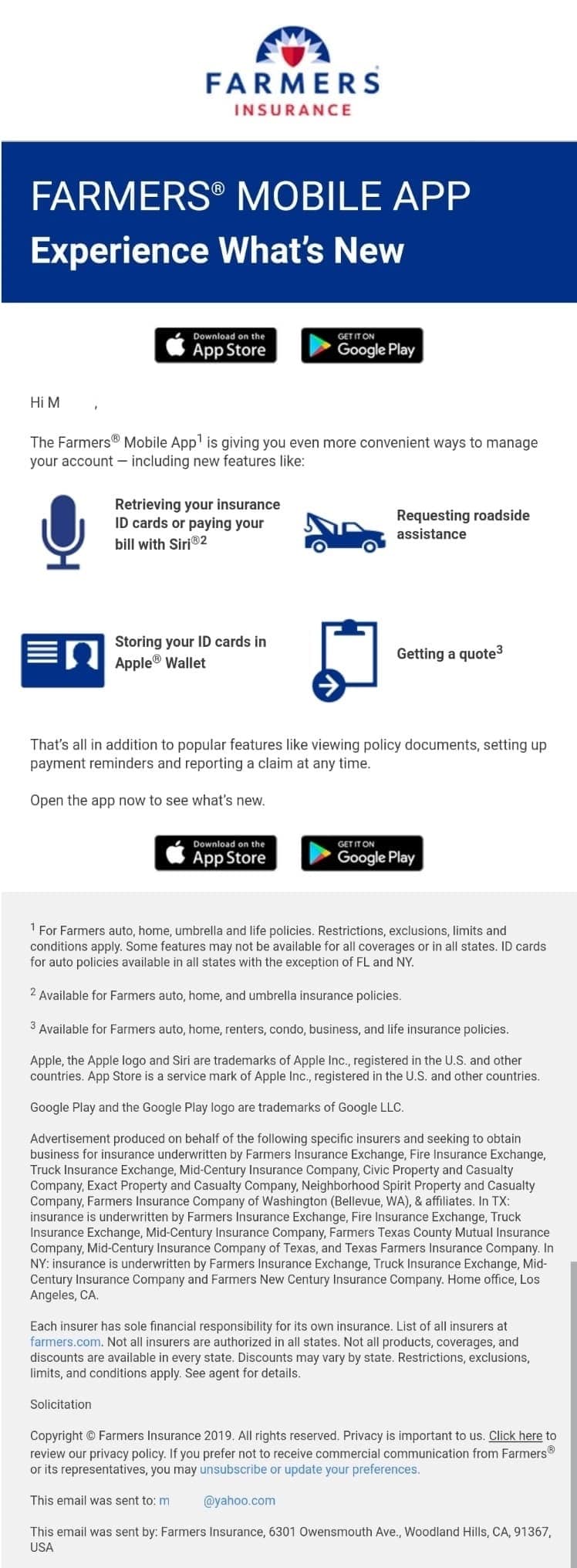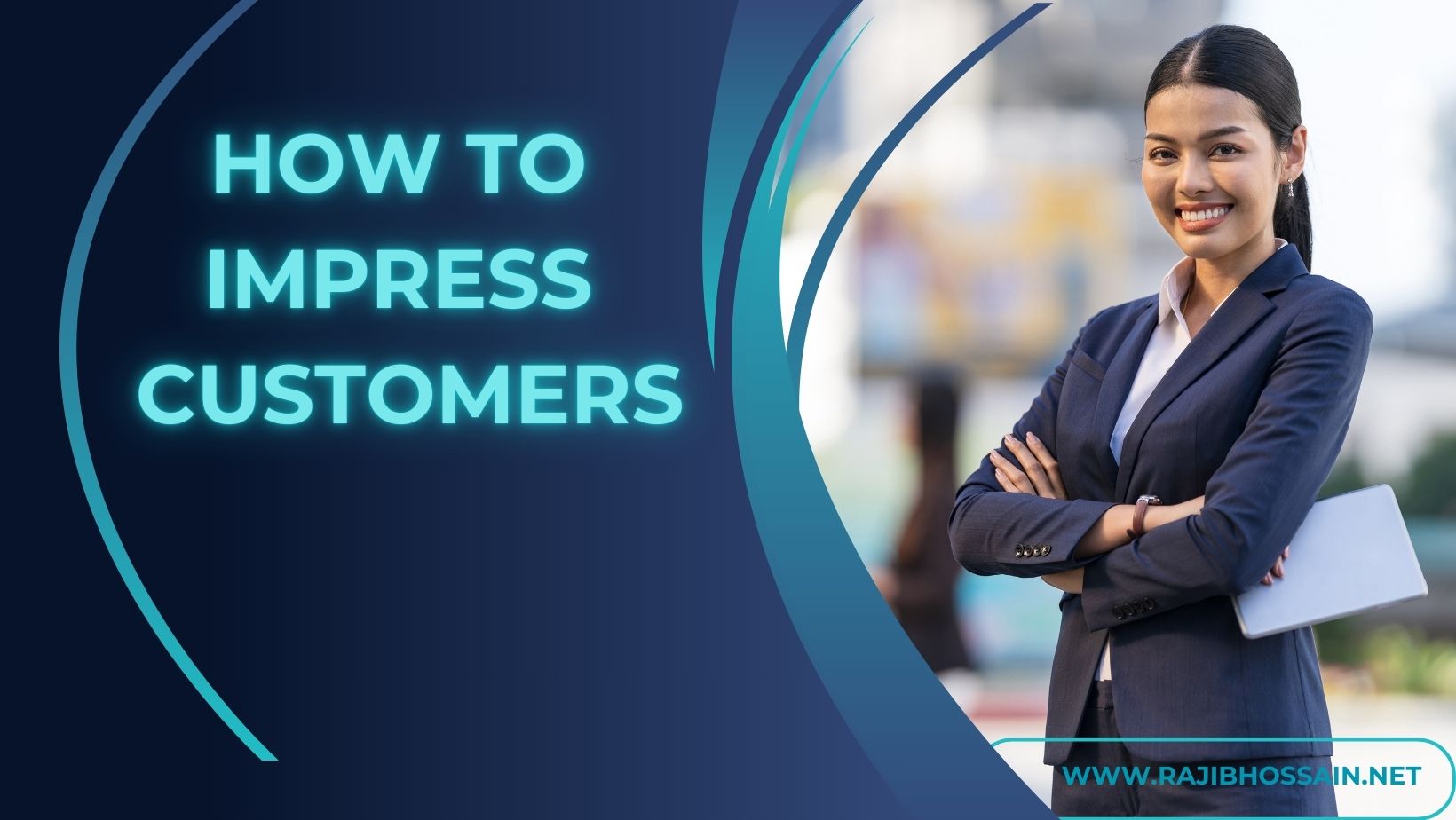Introduction
Email marketing is effective because it delivers targeted messages directly to the audience and fosters customer engagement. It offers high ROI and measurable results.
Email marketing remains a powerful tool in the digital marketing arsenal. It provides businesses with a direct line to their customers, ensuring that messages land in the inbox, not lost in the noise of social media. With the ability to segment audiences and personalize content, email campaigns can drive higher engagement and conversion rates.
The cost-effectiveness of email marketing, combined with its measurable analytics, makes it an attractive option for businesses of all sizes. Whether promoting a new product, sharing news, or nurturing leads, email marketing continues to be a reliable and impactful strategy.


The Resilience Of Email Marketing
Email marketing has shown remarkable endurance in the digital age. Despite the rise of social media and other channels, email remains a strong contender. Its ability to adapt and deliver results is unparalleled.
Evolving With Technology
Email marketing evolves with technological advancements. Modern tools allow for better segmentation and personalization. Interactive emails engage users more effectively. Automation saves time and improves efficiency.
Technological improvements make emails more accessible. Mobile optimization ensures emails look good on any device. Innovations like AI enhance targeting and content creation.
High Roi Potential
Email marketing offers a high return on investment (ROI). Businesses can reach a large audience at a low cost. The cost-per-click (CPC) is generally lower than other channels.
| Channel | Average ROI |
|---|---|
| Email Marketing | $38 for every $1 spent |
| Social Media | $28 for every $1 spent |
Emails convert better than many marketing channels. They nurture leads and drive sales. Data-driven strategies enhance performance further.
- Segmentation improves targeting.
- Personalization increases engagement.
- Automation boosts efficiency.
Emails offer measurable results. Metrics like open rates and click-through rates provide insights. These help refine strategies for better outcomes.

Building Personal Connections
Email marketing is effective because it builds personal connections. It allows businesses to connect with their audience on a personal level. This connection fosters trust and loyalty.
Segmentation Strategies
Segmentation is crucial in email marketing. It involves dividing your email list into smaller groups. These groups share common traits. You can segment based on demographics, interests, or past behavior. Effective segmentation makes your emails more relevant.
Here is a simple table showing different segmentation criteria:
| Criteria | Description |
|---|---|
| Demographics | Age, gender, location |
| Interests | Hobbies, favorite products |
| Past Behavior | Purchase history, email engagement |
Personalized Content
Personalized content is key to building connections. Use the recipient’s name in the email. Mention their recent activities or purchases. Tailor the content to their preferences.
Here are some ways to personalize your emails:
- Use the recipient’s name
- Send recommendations based on past purchases
- Share content that matches their interests
Personalized emails have higher open and click rates. They make the recipient feel valued.
Cost-effective Outreach
Email marketing provides a budget-friendly way to reach your audience. Unlike traditional advertising, it doesn’t require large investments. This makes it ideal for small businesses and startups.
Low Campaign Costs
The costs involved in email marketing are low. You don’t need to spend on printing or postage. All you need is an email service provider. These providers offer affordable plans. You can send thousands of emails without breaking the bank.
| Expense Type | Email Marketing | Traditional Marketing |
|---|---|---|
| Printing Costs | None | High |
| Postage Costs | None | High |
| Design Costs | Low | High |
Scalability Advantages
Email marketing is easy to scale. Whether you have 100 or 10,000 subscribers, the process remains simple. You can reach more people as your business grows. Scalability ensures long-term success without added complexity.
- You can add new subscribers anytime.
- Send personalized emails to each segment.
- Track performance with analytics tools.
With these benefits, email marketing stands out. It offers cost-effective solutions for businesses of all sizes.
Measurable Campaigns
Email marketing stands out for its measurable campaigns. You can track every email sent. This allows you to understand your audience better. Knowing the effectiveness of your emails can help refine your strategy. Let’s dive into the different aspects of measurable campaigns.
Analytics And Reporting
Analytics and reporting are essential in email marketing. They help you track open rates and click-through rates. You can also monitor bounce rates and unsubscribe rates. These metrics show how your audience interacts with your emails.
Here’s a simple table to illustrate common email metrics:
| Metric | Description |
|---|---|
| Open Rate | The percentage of opened emails |
| Click-Through Rate | The percentage of clicks on links in your email |
| Bounce Rate | The percentage of undelivered emails |
| Unsubscribe Rate | The percentage of users who opt out |
Testing And Optimization
Testing and optimization improve your email campaigns. A/B testing is a common method. It involves sending two versions of an email to different groups. You compare which version performs better.
Here are some elements you can test:
- Subject lines
- Email content
- Call-to-action buttons
- Sending times
Optimizing your emails helps increase engagement. It ensures your messages resonate with your audience.
Integration With Other Channels
Email marketing does not operate in isolation. Its power increases when integrated with other marketing channels. This integration creates a cohesive and powerful marketing strategy.
Multichannel Marketing Synergy
Multichannel marketing means using various channels to reach your audience. These channels include email, social media, SMS, and more. Combining these channels creates a synergy. Each channel supports and enhances the others.
For example, you can promote an email campaign on social media. This can drive more people to subscribe to your emails. You can also share social media posts in your email newsletters. This encourages your email subscribers to follow you on social media.
Here is a simple table showing the benefits of multichannel marketing synergy:
| Benefit | Description |
|---|---|
| Increased Reach | Reach more people across different platforms. |
| Consistent Messaging | Deliver a unified message across all channels. |
| Higher Engagement | Engage your audience in various ways. |
Leveraging Social Media
Social media is a powerful tool for email marketing. You can use social media to gather email addresses. Run contests or offer exclusive content in exchange for email sign-ups.
Share snippets of your email content on social media. This can tease your audience and encourage them to subscribe. Use social media to announce email campaigns. This can create anticipation and excitement.
Consider these effective ways to leverage social media for email marketing:
- Post links to sign-up forms on social profiles.
- Use Facebook and Instagram ads to promote sign-ups.
- Share user-generated content in your emails.
- Run social media contests with email sign-up requirements.
Integrating email marketing with social media helps build a strong brand presence. This leads to higher engagement and better results.
Automated Campaigns
Email marketing remains one of the most effective strategies in digital marketing. One of its most powerful features is automated campaigns. Automated campaigns allow marketers to set up a series of emails. These emails are sent automatically based on specific triggers or actions taken by the recipient. This ensures timely and relevant communication without manual effort.
Trigger-based Emails
Trigger-based emails are emails sent when a specific event occurs. These events can be:
- Sign-ups
- Purchases
- Cart abandonment
- Website visits
For example, a welcome email is sent when someone subscribes to your newsletter. Another example is sending a reminder email if someone leaves items in their cart. These emails are highly effective because they are timely and relevant to the user’s actions.
Nurturing Customer Relationships
Automated campaigns play a key role in nurturing customer relationships. They allow you to maintain regular contact with your audience. This helps in building trust and loyalty over time.
Here are some ways to nurture customer relationships with automated campaigns:
- Send personalized birthday messages
- Offer exclusive discounts to loyal customers
- Share helpful content and tips regularly
- Request feedback after a purchase
These small gestures show customers you value them. They make your communication feel more personal and less promotional.
| Type of Email | Purpose |
|---|---|
| Welcome Email | Introduce your brand and set expectations |
| Abandoned Cart Email | Remind users of items left in their cart |
| Birthday Email | Send personalized birthday wishes and offers |
| Feedback Request | Gather customer feedback on their experience |
High Engagement Rates
High engagement rates make email marketing effective. Emails engage users directly. This personal touch boosts interaction. High engagement rates mean more clicks and conversions.
Interactive Email Content
Interactive content grabs attention. Users spend more time engaging. Elements like polls, surveys, and quizzes drive interaction. Videos and animations make content lively. These features encourage clicks and actions.
Interactive emails are fun. Users enjoy participating. This increases their interest. It creates a memorable experience. This leads to higher engagement and better results.
Mobile-friendly Designs
Most people check emails on mobile devices. Mobile-friendly designs are crucial. They ensure emails look good on small screens. This improves readability and engagement.
Use responsive design for emails. This adjusts the layout automatically. It makes content accessible on any device. Users can interact without issues.
Keep text concise. Use clear and bold headlines. Include large buttons for easy clicking. These practices enhance user experience. They boost engagement rates significantly.

Driving Conversions
Email marketing is powerful for driving conversions. It helps businesses turn prospects into customers. Below, we explore key techniques and strategies to boost conversions.
Call-to-action Techniques
A strong call-to-action (CTA) can make a big difference. Here are some effective techniques:
- Clear and Direct: Use simple language. “Buy Now” or “Sign Up Today”.
- Urgency: Add urgency like “Limited Time Offer”.
- Benefit-Focused: Highlight the benefit. “Get 50% Off”.
Landing Page Strategies
Landing pages play a crucial role in conversions. Here’s how to optimize them:
| Strategy | Description |
|---|---|
| Simple Design | Keep the design clean. Focus on the CTA. |
| Relevant Content | Match the content with your email message. |
| Mobile-Friendly | Ensure the page looks good on mobile devices. |
| Fast Load Time | Pages should load quickly. Avoid heavy images. |
Staying Ahead Of The Competition
Email marketing is a powerful tool to stay ahead of the competition. Businesses can connect with customers directly and personally. Effective email strategies help maintain a competitive edge.
Innovative Email Practices
Using innovative email practices can set your business apart. Start with personalized emails. Address customers by their names. Tailor content to their interests and behaviors. This approach increases engagement and loyalty.
Another practice is interactive emails. Include elements like surveys, polls, and quizzes. These engage readers and provide valuable feedback. Interactive content makes emails more memorable.
Automation is also key. Schedule emails based on customer actions. Send welcome emails, order confirmations, and follow-ups automatically. This saves time and ensures timely communication.
Benchmarking Success
Benchmarking your email campaigns is crucial. Compare your performance against industry standards. Understand where you stand and identify areas for improvement.
Here’s a simple table to help you benchmark:
| Metric | Your Data | Industry Average |
|---|---|---|
| Open Rate | 20% | 22% |
| Click-Through Rate (CTR) | 3% | 2.5% |
| Bounce Rate | 1.5% | 2% |
Use this data to improve your email strategies. Aim to exceed industry averages. Regularly analyze and adjust your campaigns. This helps you stay ahead of the competition.
Here are some tips for benchmarking:
- Track key metrics like open rates and CTR.
- Compare your data with industry standards.
- Adjust your strategies based on the comparison.
Effective benchmarking leads to continuous improvement. It helps you stay competitive and grow your business.
Future-proofing Your Strategy
Email marketing remains a powerful tool. It adapts to changes and stays effective. Future-proofing your strategy ensures long-term success. This involves staying ahead of trends and technologies. Below, we explore key elements for future-proofing.
Adapting To User Preferences
User preferences change over time. Adapting to these changes is crucial. Listen to your audience. Use surveys and feedback forms. Understand what they like and dislike.
Personalized content resonates well. Segment your email lists. Send targeted messages. This increases engagement and conversion rates. Dynamic content is also effective. Tailor emails based on user behavior.
| Preference | Strategy |
|---|---|
| Content Type | Use videos, blogs, and infographics. |
| Email Frequency | Adjust based on user feedback. |
| Device Usage | Optimize for mobile and desktop. |
Predictive Analytics And Ai
Predictive analytics and AI are game-changers. They enhance email marketing strategies. Predictive analytics forecasts future behavior. It identifies patterns and trends.
AI personalizes email content. It automates responses and optimizes send times. This increases open rates and click-through rates. AI also helps in list segmentation. It ensures the right message reaches the right audience.
- AI-driven personalization
- Automated email responses
- Optimized send times
- Enhanced list segmentation
Using these tools, you can stay ahead. Future-proof your email marketing strategy. Ensure long-term success and engagement.
Frequently Asked Questions
Why Is Email Marketing So Good?
Email marketing offers high ROI, direct communication, and personalized content. It builds customer relationships and drives conversions effectively.
What Are The Advantages Of Email Marketing?
Email marketing boosts engagement, drives sales, and builds customer loyalty. It’s cost-effective, measurable, and customizable for targeted campaigns.
What Is The Effectiveness Of Email Marketing?
Email marketing is highly effective. It boasts an average ROI of $42 for every $1 spent. It drives customer engagement, boosts sales, and improves brand loyalty. Personalization and targeted campaigns enhance its effectiveness.
Why Is E-mail Marketing Still Useful?
E-mail marketing remains effective due to its direct reach, high ROI, personalization, and ability to nurture customer relationships.
Conclusion
Email marketing remains a powerful tool for businesses. It drives engagement, boosts sales, and builds customer loyalty. By crafting targeted campaigns, companies can effectively reach their audience. Embrace email marketing to enhance your digital strategy and achieve measurable results. Don’t miss out on the benefits this method offers.















